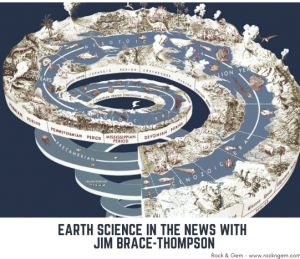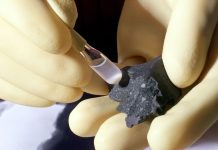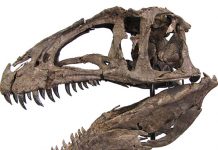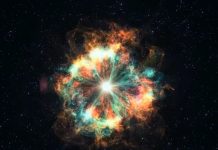By Jim Brace-Thompson

If you think that chemical elements are chemical elements and are uniform, you are wrong.
Pretty much every aspect has what is known as “isotopic forms.” Isotopes have the same number of protons in their nucleus and share the same atomic number on the periodic table (and share almost identical properties with one another), but they have different numbers of neutrons.
Some isotopes are more stable than others, and the less stable isotopes often “decay” over time into a more stable isotope.
Take, for example, carbon. So-called carbon-14 decays over time to become carbon-12, and it decays at a very specific rate. This decaying has given a great gift to scientists studying ancient life, namely, radiocarbon dating.
Why Recalibrate Carbon Dating Details?
Plants and animals are rich in carbon, and if scientists can determine the ratio of carbon-14 to carbon-12 in a sample of fossil bone or wood, they can determine the age of that bone or wood. One limitation of this application is that it can only be used to measure samples that are 50,000 years old or younger.
Per a recent article in the journal Science, the date has been pushed back to 55,000 years in what is being called “the first update of carbon dating in nearly a decade.” Scientists are already reevaluating dates using the new calibration and are discovering, for instance, that modern humans and their Neanderthal cousins may have overlapped one another for centuries longer than previously thought.
Watch for still more new findings to come with this new calibration!















